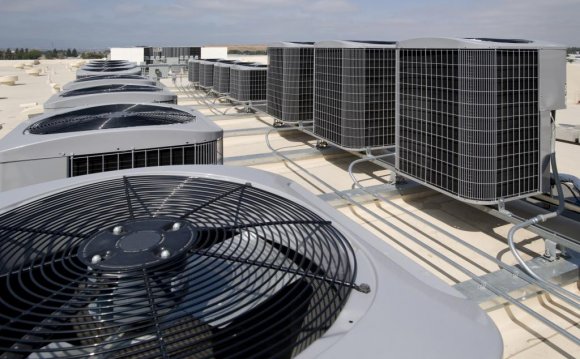
 Energy-efficient homes - both new and existing - require mechanical ventilation to maintain indoor air quality. There are four basic mechanical whole-house ventilation systems - exhaust, supply, balanced, and energy recovery.
Energy-efficient homes - both new and existing - require mechanical ventilation to maintain indoor air quality. There are four basic mechanical whole-house ventilation systems - exhaust, supply, balanced, and energy recovery.
Comparison of Whole-House Ventilation Systems
|
Ventilation System |
Pros |
Cons |
|
Exhaust |
|
|
|
Supply |
|
|
|
Balanced |
|
|
|
Energy Recovery & Heat Recovery Ventilators |
|
|
Exhaust Ventilation Systems
Exhaust ventilation systems work by depressurizing your home. The system exhausts air from the house while make-up air infiltrates through leaks in the building shell and through intentional, passive vents.
Exhaust ventilation systems are most appropriate for cold climates. In climates with warm humid summers, depressurization can draw moist air into building wall cavities, where it may condense and cause moisture damage.
Exhaust ventilation systems are relatively simple and inexpensive to install. Typically, an exhaust ventilation system consists of a single fan connected to a centrally located, single exhaust point in the house. A better design is to connect the fan to ducts from several rooms, preferably rooms where pollutants are generated, such as bathrooms. Adjustable, passive vents through windows or walls can be installed in other rooms to introduce fresh air rather than rely on leaks in the building envelope. Passive vents may, however, require larger pressure differences than those induced by the ventilation fan to work properly.
One concern with exhaust ventilation systems is that - along with fresh air - they may draw in pollutants, including:
- Radon and molds from a crawlspace
- Dust from an attic
- Fumes from an attached garage
- Flue gases from a fireplace or fossil-fuel-fired water heater and furnace.
These pollutants are a particular concern when bath fans, range fans, and clothes dryers (which also depressurize the home while they operate) are run when an exhaust ventilation system is also operating.
Exhaust ventilation systems can also contribute to higher heating and cooling costs compared with energy recovery ventilation systems because exhaust systems do not temper or remove moisture from the make-up air before it enters the house.
Supply Ventilation Systems
Supply ventilation systems use a fan to pressurize your home, forcing outside air into the building while air leaks out of the building through holes in the shell, bath, and range fan ducts, and intentional vents (if any exist).
Like exhaust ventilation systems, supply ventilation systems are relatively simple and inexpensive to install. A typical supply ventilation system has a fan and duct system that introduces fresh air into usually one - but preferably several - rooms that residents occupy most (e.g., bedrooms, living room). This system may include adjustable window or wall vents in other rooms.









